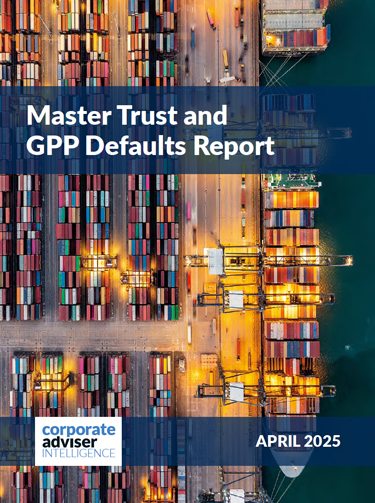The PLSA has rebranded itself as Pensions UK. But despite the name change its retirement living standards invoke extreme reactions amongst the public, which is a fantastic achievement. At least it gets people thinking about pensions
Most of the time it is true that workers are not particularly engaged with their retirement plans, as the pensions industry frequently bemoans.
Nearly a third have no idea how much they have saved, according to research from workplace pension provider People’s Partnership.
But there is an exception: the annual update of the Pension and Lifetime Savings Association retirement living standards. These figures, released earlier this month, give a rough idea of what is needed for a minimum, moderate and comfortable retirement.
They are covered widely – and the engagement and comments go absolutely berserk. The Telegraph has done a couple of versions – combined they have close to 1,500 comments. It also has a poll in one article online, which asks ‘Is a pension under £60k liveable’. It has so far garnered over 14,000 votes (26 per cent say ‘no’).
The Times has well over 300 comments so far on its version, the Mail has close to 1,000 on its two related stories. Particularly impressive as all these stories are behind paywalls so can’t be read in full unless you have a subscription.
The idea is that you look at what different sums may get you in later life – currently £13,400 a year for a minimum standard of living, £31,700 for a moderate one or £43,900 for a comfortable one for a single-person household. Then, it either offers a rude awakening that, for example, if you want that fortnight three-star holiday in the Med every year and £1,548 to spend on clothing and footwear that a moderate retirement affords, you’re going to have to ramp up your savings. Or it tempers your expectations of what kind of retirement is realistically on the cards with the savings that you have.
But I think the figures are also a useful barometer for the pensions industry – as well as for savers themselves.
The comments are an invaluable snapshot of how savers view the industry, are thinking about their own retirements, their hopes, fears and sometimes offer great ideas.
There are a few clusters of responses. The first is the thousands of people who crowd into the comment sections to say the figures are way out of line.
Many are along the lines of those from ‘chocolate rainbow from Ryde’, who comments on the Mail’s article: ‘Those figures are complete and utter balderdash, me and my husband have taken early retirement and live more than comfortably on 21 grand a year’.
Or Gr Let commenting on the Telegraph story, who asks bemusedly ‘how many retired people replace their kitchen and bathrooms every 10 to 15 years?’ – as is budgeted for in a ‘comfortable’ retirement lifestyle.
Interestingly, the vast majority think the figures are way too high – very few say they underestimate what is required.
A good portion of these go further, and claim the figures are a cynical ploy by the pensions industry to get them saving more.
Commenters like elpasokid from Northumberland, who says: ‘We probably spend less than half the comfortable figure… this is the industry trying to get more money out of people by scare tactics.’
The second most recommended comment on the Times article says: ‘This is unmitigated drivel. There are many ways of ensuring a comfortable retirement and many definitions of comfortable. It’s just the weekly plug for the pensions industry.’
Many question whether the figures are a good way of measuring retirement lifestyle at all. Some talk about health being true wealth.
Others, such as Chris Buddha commenting on the Telegraph story, say it’s more about having savings than a high income. ‘I know pensioners who live okay month-to-month on £1,000 – £1,500,’ he says. ‘What’s important is that they have an ‘emergency fund’, say £50k in Premium Bonds that they can dip into when required, i.e. the boiler needs replacing, the roof needs replacing.’
Then there are hundreds who question the value of saving all your life only for it to be taxed – especially to pay for things that are not their priorities.
The Pensions UK figures also achieve a third aim: they get the conversation going about pensions.
Even if savers think they’re completely out of whack, at least that gets them thinking about what figures would be more sensible. The reaction to the figures may be outrage, incredulity, cynicism, fury, despondency – but the point is there is a reaction.
What a feat – they get individuals thinking about their own situations, give the industry a window into what savers think – and fire up the public conversation. What other pension figures or research could claim the same.





